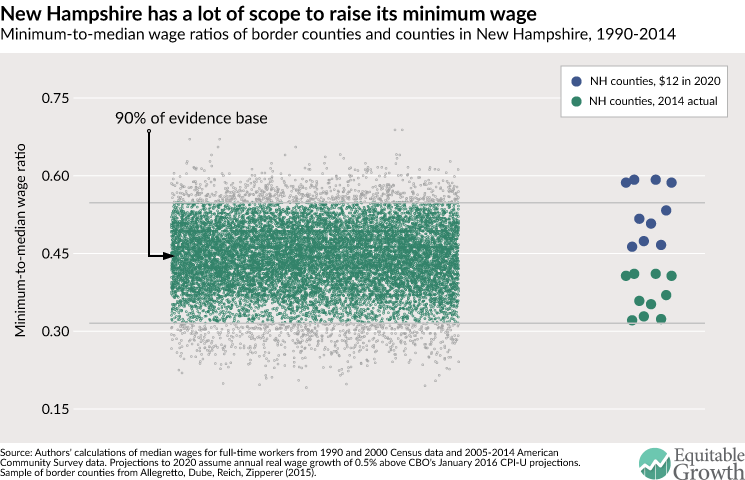Must-Read: : The U.S. Could Use a New Economic Strategy: “In his four-plus years as the country’s first treasury secretary…
…Alexander Hamilton crafted an economic strategy that helped the U.S. rise from agrarian former colony to global economic power… [write] Stephen S. Cohen and J. Bradford DeLong write in their brand-new book, Concrete Economics: The Hamilton Approach to Economic Growth and Policy…. No U.S. leader since has articulated and then put in place an all-encompassing economic plan in quite the way Hamilton did. But the country has always followed some sort of economic strategy, even if it has seldom been clearly defined… a succession of strategies–culled from Cohen and DeLong’s book, but given titles by me–that went something like this: The era of free stuff…. The era of intervention…. The era of investment…. The era of financialization…. It is at least possible that this last era has come to an end, with the beginning of financial re-regulation in the U.S. and a halt to the long upward trend in global trade that accompanied the rise of the East Asian export economies. It’s not at all clear, though, what’s going to replace it.
DeLong… and Cohen… don’t offer a plan. They simply recommend that discussion of economic policy focus on the concrete–what works–rather than theory and ideology. How’s that been going lately? Donald Trump’s economic platform, however muddled and unrealistic, is at least a break from the narrow ideological orthodoxy on economics that has held the national Republican Party in thrall for the past couple decades. On the Democratic side, Bernie Sanders and Elizabeth Warren have offered a challenge to the financial-sector-friendly approach that the party’s mainstream settled on in the 1990s. Some in that mainstream have been reconsidering their stance as well…. The economics profession’s turn away from theory and toward empirical work, which I wrote about in January, will presumably offer pragmatically inclined policy makers more material to work with in the coming years.
Still, it’s not easy to figure out what the U.S. should do next. Nations playing catch-up… have concrete examples…. But the U.S. of 2016 is the biggest economy on the planet…. In the latest World Economic Forum global competitiveness rankings, for example, it trailed only Switzerland and Singapore. There is surely much we can learn… but… the U.S. remains largely sui generis.
I’m almost certain that more infrastructure investment would be a smart part of any new U.S. economic strategy. But I’m not so sure what should be built and where, or what else…. Got any suggestions?…
For an explanation of this, I recommend ‘Cabinet Battle #1’ from the musical ‘Hamilton.’


